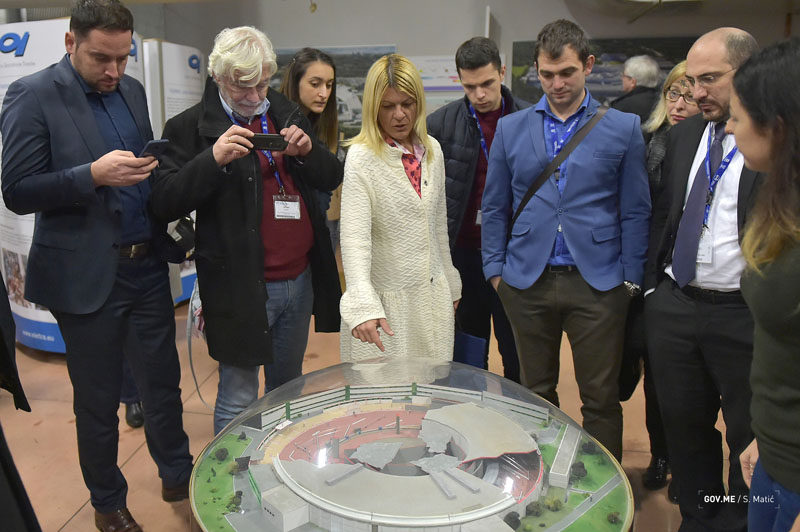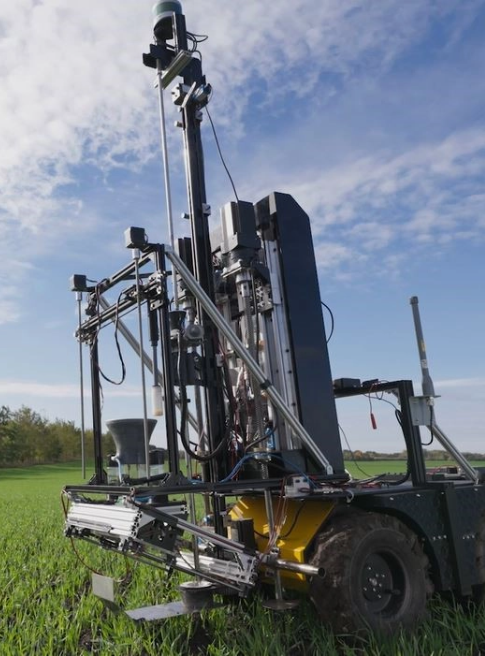
Investing in research and innovation is key to growth and job creation. While the Western Balkan economies have improved in terms of innovation performance over the last ten years, the region still lags behind the European average.
But the potential is there, and the talent is there! The EU is already behind many initiatives that support young researchers and enable cooperation between research and business, and across borders.
This support is set to increase with the Agenda on Innovation, Research, Education, Culture, Youth and Sport, developed with Western Balkans partners. This will reap big gains for researchers, innovators, and businesses alike.
The Western Balkan region has huge growth prospects but the innovation gap with the EU remains wide. All economies are behind the EU goal of devoting 3% of GDP to R&D activities. This hampers innovation, and productivity and competitiveness. Challenges include:
The region needs large-scale investment to catch up and enhance collaboration to tackle the big challenges of the day, open access to new markets, and fully exploit its innovation potential.


As aspiring EU members, cooperation in research, development and innovation (RDI) is of utmost importance. A robust, innovative and competitive private sector is also essential for the socio-economic development of the Western Balkans and its regional integration.
The EU has invested in many programmes dedicated to enhancing RDI in the region over many years. The Horizon Europe research programme has given opportunities to hundreds of researchers and companies in the region to collaborate with partners. EU investment has also helped build the ‘hard’ infrastructure such as incubators and research hubs, essential for creating networks and partnerships.
The main vehicle though which innovation is supported in the prviate sector is the EU-led donor investment platform, the Western Balkans Investment Framework and its private sector component – the Western Balkans Enterprise Development and Innovation Facility (WB EDIF) which enables access to finance for SMEs. This has helped many start-ups and innovative companies, often regarded as too ‘risky’ for other investors, to get off the ground.
Ongoing support
Promoting research and innovation opportunities is at the heart of the EU’s Economic and Investment Plan for the Western Balkans (EIP). Adopted in 2020, this substantial investment package is providing a major stimulus to the region with €9 billion in EU grants and guarantees that are set to leverage €20 billion in favourable loans.
Aligned to the EIP, the Agenda on Innovation, Research, Education, Culture, Youth and Sport, developed with Western Balkans partners, sets the long-term strategy for cooperation in innovation and research. The goal is to accelerate the capacity of the region to innovate, build on the region’s strengths, enhance skills, and translate innovation into competitiveness and productivity gains. Particular attention will be paid to scaling up investment in green technologies and supporting green innovation.
Support centres on:
Unlocking potential of the private sector – Raising the quality standards of companies, increasing financing for business, and providing training for entrepreneurs. This will enable the region’s private sector to benefit from greater market integration and trade within the region, and with the EU.
Strengthening competitiveness of SMEs – Supporting start-ups and the scaling up of innovative companies, as well as programmes to support financial and digital literacy and digitising of companies and incubators.
Capacity building – Developing Smart Specialisation Strategies to prioritise national research efforts and allocate the resources required. This will build on the region’s strengths and potential, and strengthen research, innovation and technology transfer.
Boosting collaboration – Bringing new solutions and technology onto the market requires strategic and joint efforts. Enhanced EU support will facilitate the exchange of knowledge between business and academia, create more robust research and innovation ecosystems, and connect the region with Europe’s research infrastructure and networks.
Please wait while your video is being uploaded...
Don't close this window!